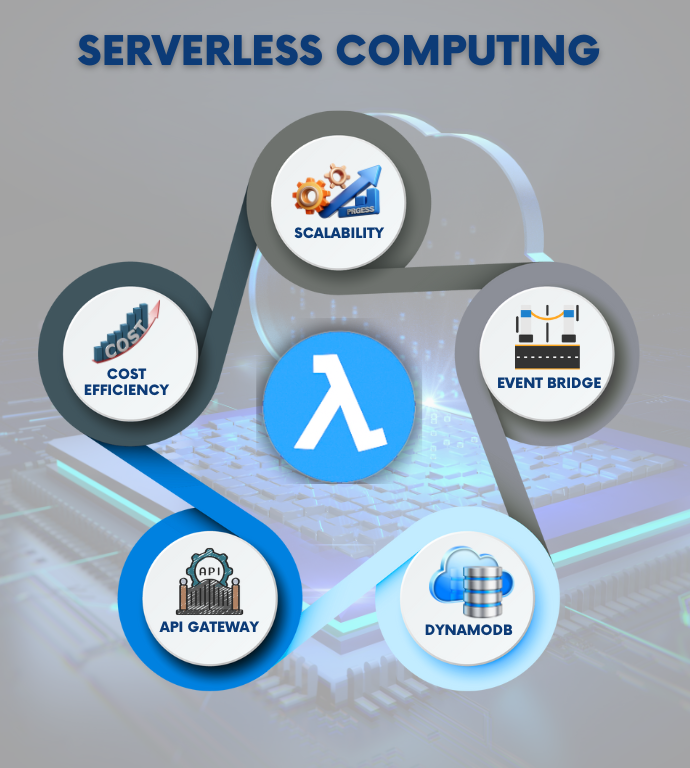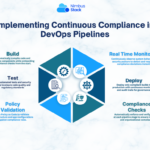Serverless computing has reshaped how modern applications are architected, developed, and deployed. By abstracting away server management, it allows developers to focus solely on writing code and delivering business value—without the operational overhead of provisioning, scaling, and maintaining servers.
But as with any powerful paradigm, serverless computing comes with trade-offs. In this blog, we’ll explore what serverless is, where it shines, where it struggles, and how you can apply it effectively in real-world scenarios.
What is Serverless Computing?
Contrary to what the name suggests, serverless doesn’t mean servers don’t exist. It means developers don’t have to manage them. In serverless architectures, cloud providers automatically handle the provisioning, scaling, availability, and infrastructure management.
Popular serverless services include:
- AWS Lambda
- Azure Functions
- Google Cloud Functions
- FaaS platforms like OpenFaaS or Cloudflare Workers
Key Benefits of Serverless Computing
1. No Infrastructure Management
Serverless takes operations out of the equation. You write code, deploy it, and the cloud provider runs it on demand.
2. Scalability by Default
Functions scale automatically based on incoming traffic. Whether you’re handling 10 requests per hour or 10,000 per second, serverless services scale up and down without manual intervention.
3. Cost-Efficiency
You pay only for what you use. No idle instances, no over-provisioning—billing is based on execution time and resource usage, not uptime.
4. Faster Time to Market
Developers can focus purely on logic, integrating backend services like databases, queues, and authentication through managed APIs.
5. High Availability Built-In
Serverless architectures are designed with redundancy and fault tolerance in mind. There’s no need to configure availability zones or load balancers.
Challenges and Considerations in Serverless Architectures
While serverless is powerful, it’s not a silver bullet. There are important caveats to be aware of.
1. Cold Starts
When a function is idle and then invoked, there’s a startup latency as the platform initializes the environment. This can impact user experience in latency-sensitive applications.
2. Limited Execution Time and Resources
Functions often have memory and timeout limits. For example, AWS Lambda has a maximum timeout of 15 minutes, which can be restrictive for certain workloads.
3. Observability Can Be Tricky
Debugging and monitoring distributed, event-driven functions requires a robust observability setup. Logging, tracing, and performance metrics must be integrated early.
4. Vendor Lock-In
Serverless platforms can create tight coupling with a cloud provider’s ecosystem. Moving from AWS to another provider may require rewriting portions of your app.
5. Complex State Management
Serverless functions are stateless by design. Managing state across functions (e.g., user sessions or transaction tracking) often requires external services like databases or caches.
When Serverless Excels: Practical Use Cases
Serverless shines in scenarios where responsiveness, cost-efficiency, and agility are key. Here are common use cases where serverless truly delivers:
1. Event-Driven Applications
Serverless functions are perfect for reacting to events like file uploads, database changes, or API requests.
Example:
Trigger image processing when a file is uploaded to Amazon S3 using AWS Lambda and store processed outputs in a different bucket.
2. RESTful APIs and Microservices
Use API Gateway + Lambda to build fully managed, scalable APIs with minimal infrastructure. Ideal for services with variable traffic patterns.
3. Real-Time Data Processing
Process streaming data in real time from sources like IoT devices or logs using serverless functions in tandem with services like Kinesis or Pub/Sub.
4. Scheduled Jobs and Automation
Replace cron jobs with event-driven serverless functions. Trigger tasks at fixed intervals using services like Amazon EventBridge or Azure Timer Triggers.
5. Backend for Mobile and Web Apps
Combine serverless functions with managed services like Firebase or AWS Amplify to deliver low-latency, high-performance backends.
6. Rapid Prototyping and MVPs
Serverless allows startups and dev teams to iterate quickly, launching new features without infrastructure headaches.
Best Practices for Serverless Success
- Minimize Cold Starts: Use lightweight runtimes and keep functions warm with scheduled invocations.
- Structure for Modularity: Keep functions focused on single responsibilities to simplify testing and debugging.
- Integrate Observability Early: Use tools like AWS X-Ray, Datadog, or CloudWatch to trace function performance.
- Plan for State Management: Offload state to DynamoDB, Redis, or similar managed services.
- Optimize for Cost: Monitor usage patterns and avoid invoking functions unnecessarily (e.g., filter events before processing).
Real-World Scenario: Serverless E-Commerce Checkout
A retail platform leverages serverless for its checkout process:
- Lambda functions handle cart validation, payment processing, and email confirmations.
- API Gateway serves client requests securely.
- DynamoDB stores order metadata.
- EventBridge schedules post-purchase promotions.
By going serverless, the team reduced infrastructure costs by 60% and scaled effortlessly during seasonal traffic spikes—all with a lean DevOps footprint.
Conclusion
Serverless computing offers a powerful model for building agile, scalable, and cost-efficient cloud applications. While it comes with its own set of challenges—like cold starts and vendor lock-in—the benefits often far outweigh the trade-offs when used in the right context.
For teams focused on innovation, responsiveness, and velocity, serverless can be a game-changer. At NimbusStack, we help organizations design smart serverless architectures that align with both performance goals and long-term cloud strategy.
Thinking serverless? Let’s build something powerful—without managing a single server.https://nimbusstack.com/contact/



